
Archive
488 posts

What do ecological focus areas in Swiss farmland contribute? Agroscope experts summarised their impact on biodiversity and ecosystem services in a literature survey.

How Does the Share of Farmland Classified as Ecological Focus Area Affect Farm Biodiversity?
Managing farmland as an Ecological Focus Area (EFA) has a positive impact on its biodiversity. Agroscope has now investigated the effect of implementing this agri-environmental measure on non-EFAs.

Heading towards a Regionalised Nitrogen Balance
The newly designed Swiss agri-environmental monitoring programme ‘MAUS’ aims, as far as possible, to determine environmental impacts for regions and farm types with existing data. The first MAUS report deals with the regionalised nitrogen balance.

Pre-emptive Selection of Natural Enemies of Invasive Pests
Pre-emptive biological control involves the evaluation of the benefits and risks of the natural enemies of an invasive pest in advance of its arrival, allowing the swift approval and deployment of the natural enemies in an emergency.

Interconnected Ecological Focus Areas Are Particularly Valuable for Species Richness
Agroscope studied various categories of ecological focus areas and showed that the presence of these in connectivity projects makes a major contribution to large-scale species richness in the agricultural landscape.

The Impact of Different Management Practices on the Ecosystem Services of Swiss Grassland
Whether grasslands are mown or grazed, fertilised or unfertilised – all this affects the ecosystem services of Swiss grasslands. These services benefit both the agricultural sector and society, e.g. in the form of livestock feed or erosion protection.

Sustainable Plant Protection in Vegetable Production with New Spot Spraying Plant Protection Robot
In vegetable row crops, spot spraying can save on insecticides and fungicides. Agroscope investigated the extent of this savings potential and compared the cost of spot spraying to broadcast treatments with a field sprayer.
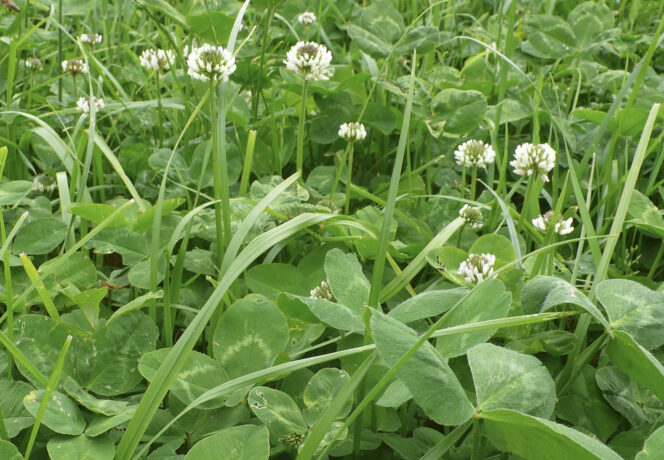
Grass-Clover Mixtures: High Yields, Low Nitrate Leaching
The advantages of grass-clover mixtures in ley farming are manifold. An Agroscope study now shows that their highly efficient use of available nitrogen also keeps the risk of nitrate leaching low.
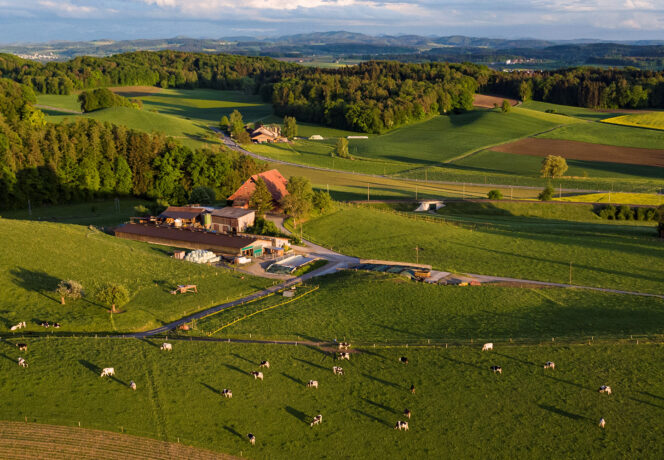
Agricultural Greenhouse Gas Calculator in Practice: Scope and Limitations
Greenhouse gas calculators can assist in identifying measures to reduce emissions on farms and in quantifying the effect these measures can have. For this to be successful, it is essential to know the scope and limitations of greenhouse gas calculators.
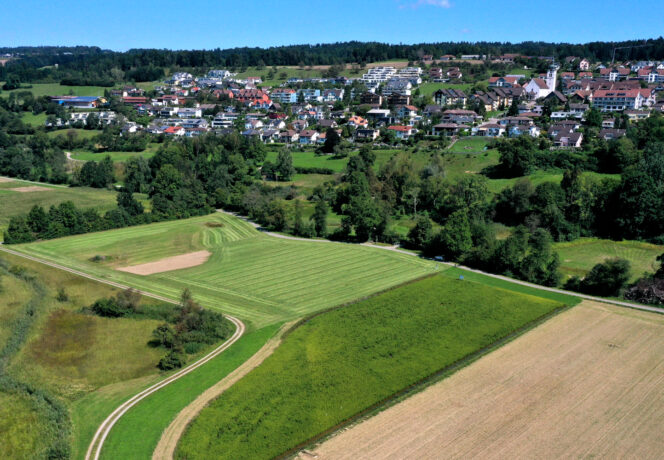
Effects of Selected Factors on Biodiversity in Swiss Agricultural Landscapes
Switzerland’s agricultural landscape harbours a great variety of species and habitats, some of which are endangered. This study sheds light on various direct and indirect, positive and negative factors influencing biodiversity.
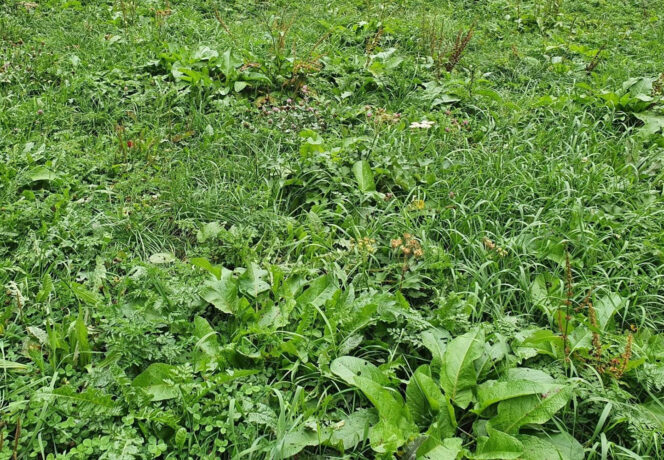
How to Limit the Spread of Broad-Leaved Dock
Broad-leaved dock is a problematic weed in permanent meadows and pastures. A European study led by Agroscope highlights the risk factors and recommends preventive measures.
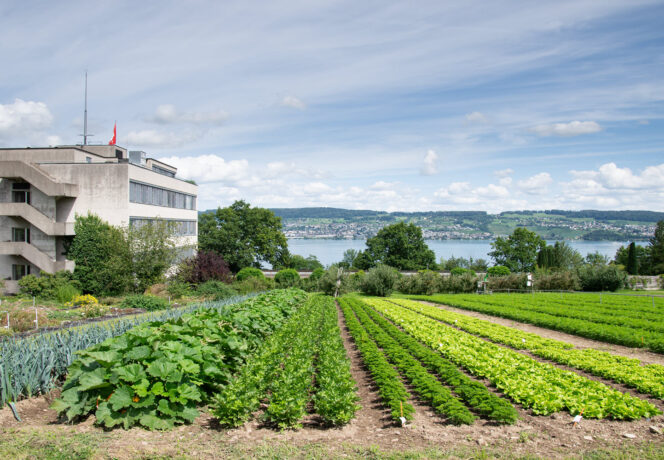
Co-formulants in Plant Protection Products and their Residues in Food
Plant protection products contain active substances and co-formulants. Agroscope studied the residues of co-formulants on treated plants for the first time, thereby furnishing the basis for assessing risks posed to consumers.

Higher Plant Diversity in Organic Ecological Focus Areas
Organic farming has a positive effect on plant diversity in Swiss grassland, but ecological focus areas are needed support plant diversity more broadly.

Producing Beef Economically on Grassland while Promoting Biodiversity
Grass-based beef production is markedly less productive than intensive year-round indoor-housing system-based production. Agroscope experts therefore studied how grass-based farms can produce both economically and in an ecologically sound manner.

Plant Protection Treatment by Drones: Risks for Residents?
Orchard crop spraying using unmanned aerial spraying systems commonly referred to as drones can lead to drift, posing a risk to residents and bystanders. The study shows that the risks arising from this are taken into account by the current registration process.
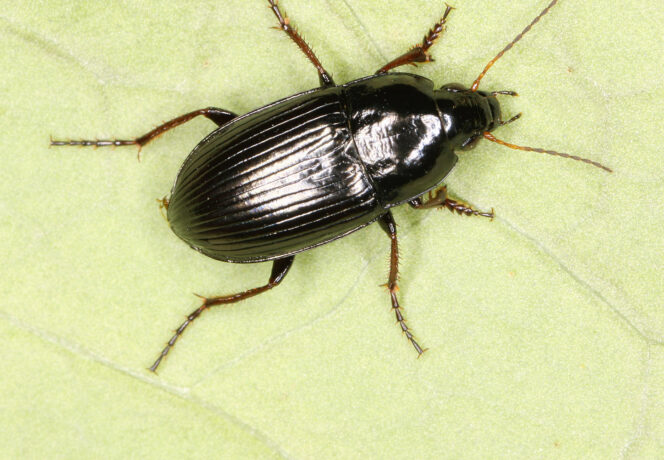
Conversion to Organics – Promotion of Species Diversity Can Often Only Be Detected After Some Considerable Time
Trials conducted by FiBL have shown that conversion to organic farming also promotes endangered Red List species such as the carabid beetle species Amara tricuspidata. This species and other species consume seeds of forbs and grasses and thus supports natural weed control.

SALCA Method Updated for more Accurate, Flexible and Comparable Environmental Assessments
The SALCA life cycle assessment method was comprehensively updated in light of new needs, systematically documented and reviewed by external specialists. This will allow a wide range of research issues in the agriculture and food sector to be addressed.
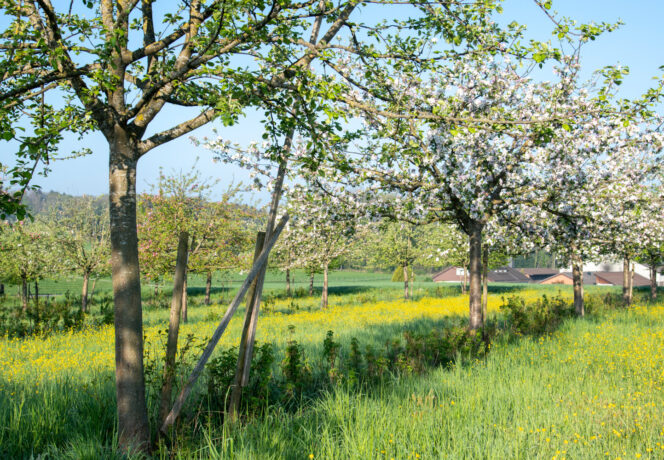
Various Factors Limit Soil Carbon Storage Potential
Net zero emission targets can only be achieved by removing carbon dioxide from the atmosphere. Agroscope has modelled soil carbon storage, food production and agricultural greenhouse gas emission trends for Switzerland.
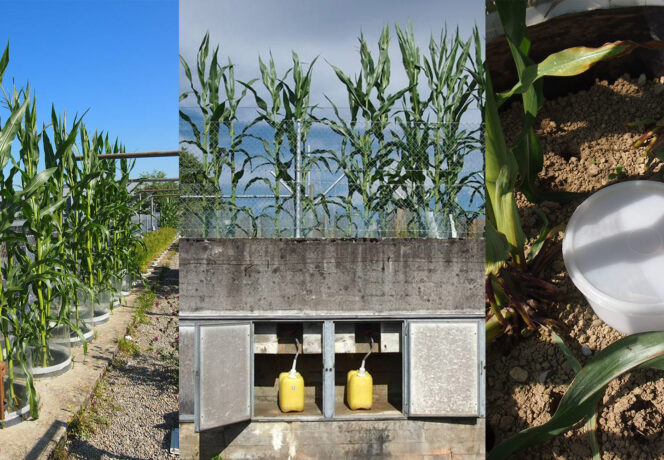
Impoverished Soil Life Reduces Nutrient Efficiency and Increases Environmental Pollution
Nutrient losses in agricultural production are a global problem. A lysimeter test now shows that soil organisms can make a major contribution to increasing nutrient use efficiency in arable farming and reducing nutrient losses.
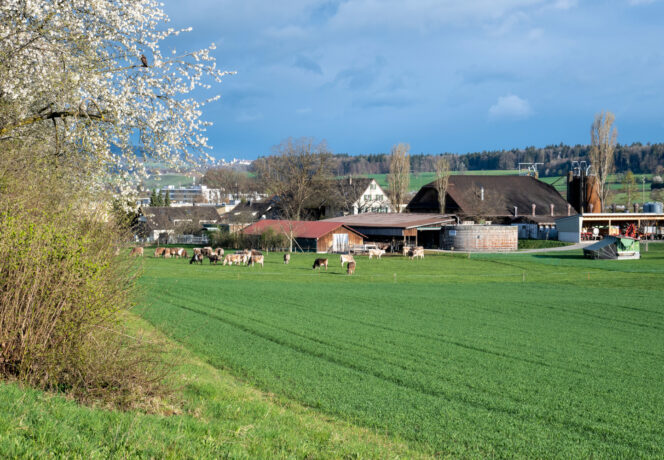
How Can We Assess the Agroecological Status of Swiss Farms?
Agroscope researchers tested the FAO method for assessing the agroecological status of farms in Switzerland for the first time, demonstrating the advantages of a holistic evaluation as well as the limits of the tool.

Is a Significant Reduction in Pesticides in Wheat and Oilseed Rape Crops Cost-Efficient?
In wheat crops, pesticides can be used more sparingly without sacrificing cost-efficiency. With oilseed rape the situation is more difficult, since the reduced yields are not offset by higher revenues. These are the findings of the analysis of the first two harvest years of the PestiRed project.

Measuring Soil Fertility Directly in the Field
Soil samples can be measured directly in the field by means of spectroscopy. Agroscope researchers have tested mobile devices and shown how to make the best use of them.

Will we in Switzerland be reaching for the spade once again to assess soil structure?
Three widely used and newly revised approaches that optimally complement each other are available to practitioners, trainers and educators. Videos and apps have been designed to facilitate their use.

How Much Nitrogen from the Air Enters the Soil through Legumes?
Symbiotic nitrogen fixation by bacteria in the soil coexisting with legumes leads to reduced fertiliser requirement. It is not easy to measure this variable on farms, however. Now researchers from Agroscope have developed a method for estimating nitrogen input via symbiotic fixation at farm level.

Climate change leads to longer growing seasons and favours farmland at higher altitude
With increasing global and regional temperatures, even in Switzerland the growing season has lengthened considerably. Using data from the Federal Office of Meteorology and Climatology, Agroscope has traced the development of the growing season since the start of the previous century.

A Method for Recycling Calcium Phosphite into Phosphate Fertiliser
The phosphate mineral reserves required for fertiliser production could be exhausted on a global scale in just a few decades. This study presents a method for recycling a Swiss industrial by-product into a phosphate fertiliser.

How Do Different Arable Crops Affect Erosion Risk?
To calculate erosion risk in Swiss field crops, the effect of different arable crops on the risk of erosion was determined. Calculations for the whole of Switzerland show that although erosion risk is on average low, it is not negligible everywhere.
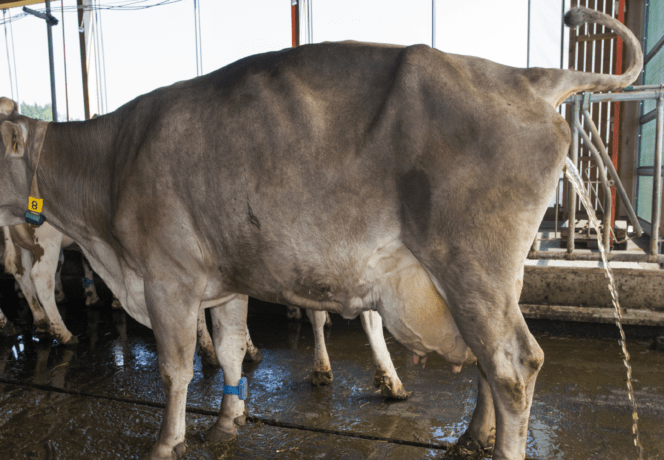
Sainfoin Silage and Acacia Extract Reduce the Nitrogen Content in the Urine of Dairy Cows
In dairy cows, herbage-based diets often lead to increased nitrogen excretion. Tanniferous sainfoin and extract of acacia can reduce nitrogen excretion from urine and thus ammonia volatilization from slurry.
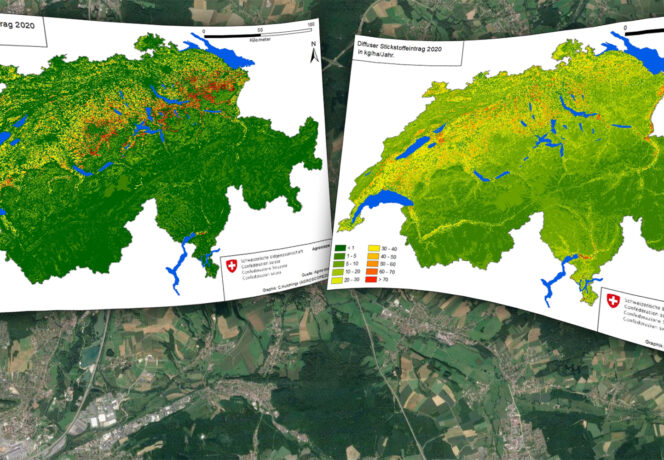
Nitrogen and Phosphorus Inputs in Water Bodies: New Estimates for Agriculture
Agroscope researchers calculated the nitrogen and phosphorus inputs into Swiss water bodies for the year 2020. Although these inputs decreased in comparison to 2010, the 'agriculture' environmental target for nitrogen inputs was missed by a significant margin.

Controlling Plant Growth in the Track Area with Hot Water
By 2025, the SBB (Swiss Federal Railways) aims to control the vegetation in the track area without herbicides. Agroscope tested the effectiveness of hot-water treatments in a three-year trial and rates this method as a suitable alternative to herbicides.